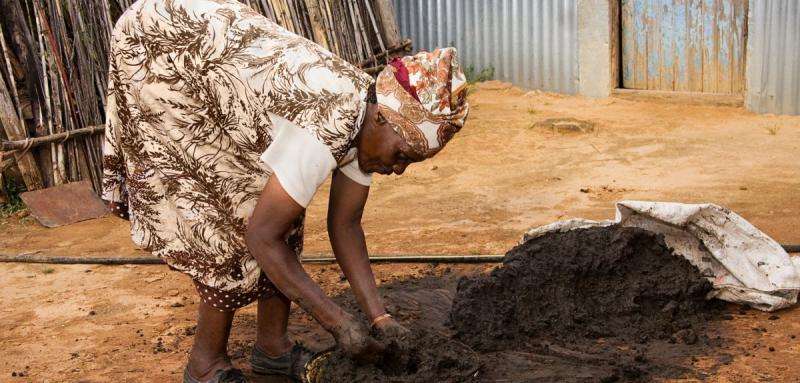Report reveals challenges of UN's new sustainable development goals

More than 1.6 billion people are living in multidimensional poverty around the world, according to new analysis from the OPHI (Oxford Poverty and Human Development Initiative), a research centre at the University of Oxford.
A new report on the latest figures for the Global Multidimensional Poverty Index (MPI) shows multidimensional poverty in 101 developing countries, covering 5.2 billion people, or 75% of the world's population. The Global MPI complements measures based on income and reflects the overlapping disadvantages poor people can face across different areas of their lives all at the same time. They include poor health, a lack of education and low living standards. If people are deprived in at least one-third of ten weighted indicators, they are identified as multidimensionally poor. The index combines the percentage of people living in multidimensional poverty with the intensity of deprivations, or how much they are experienced.
The findings suggest that the scale of global poverty is even greater than is often estimated using traditional measures based on income. In some countries, including Mexico, Pakistan and Egypt, the researchers found that the number of people living in multidimensional poverty is twice the number who live on less than $1.25 a day.
Unlike global monetary poverty measures, the MPI can be broken down to give poverty levels for 884 regions within countries, as well as highlighting the different ways that people are poor. For example, the figures reveal that, of the 1.6 billion people living in multidimensional poverty:
- more than 1.2 billion people don't have adequate sanitation;
- over 1 billion are living on dirt floors;
- around 900 million do not have electricity;
- roughly 900 million people live in a household where someone is malnourished; and
- more than half a billion live in a home in which no-one has completed five years of school.
Sabina Alkire, Director of OPHI, said: 'This analysis highlights how MPI and monetary poverty measures can complement each other to ensure no-one is overlooked. Often people assume that those living in income poverty are the same people that live in multidimensional poverty – but this is often not the case. Only by using both measures alongside each other can we capture the true reality of poverty.
'As the UN prepares to adopt 17 Sustainable Development Goals this September, which will determine the development agenda for the next 15 years, our findings serve as a powerful reminder of the extent of the poverty reduction challenge ahead and the need for an energetic and coordinated response.'
OPHI's analysis of the Global MPI 2015 also reveals that the world's poor do not necessarily live where you would expect.
- The findings show that over two thirds (70%) of people in multidimensional poverty actually live in middle-income countries, with just 30% living in low-income countries.
- More than 60% of people who are poor (according to the Global MPI) live in countries rated as having medium or high levels of development on the Human Development Index.
- 62% of the multidimensionally poor live in countries that are not in the three highest categories of alert on the Failed States Index.
Overall, South Asia is home to over half (54%) of the global MPI poor population, while 31% live in Sub-Saharan Africa. The country with the highest percentage of people in multidimensional poverty is South Sudan where 91% of people are MPI poor. The region with the highest poverty rate is Salamat in Chad, where 98% of people are living in multidimensional poverty.
As well as revealing where the poor live, the MPI can be used as a valuable tool for identifying the different types of disadvantage poor people face. It enables policymakers to target their resources and effectively tackle poverty in its many different ways.
Provided by Oxford University



















